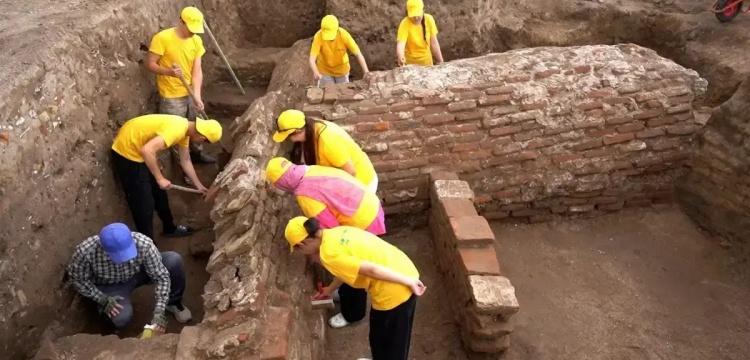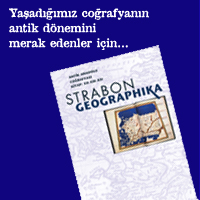Blog
Kazakh archaeologist find burials from Saka, Hunnic, and the Golden Horde era in ancient capital of the Kimak Khaganate,

Since 2019, the Kyzyl Oba necropolis in North Kazakhstan has been a significant focus for archaeologists, earning its place on the list of monuments of national significance by 2021.
www.arkeolojijhaber.com
Kazakhstan has emerged as a significant site for remarkable archaeological discoveries, revealing the area’s rich history and culture of ancient civilizations. Several important findings have been made, including the ancient capital of the Kimak Khaganate, the intriguing burial mounds of the Saka and Hunnic-Sarmatian periods, and a necropolis from the Golden Horde era.
Kazakh researchers have uncovered new evidence of an ancient city, the capital of the Kimak Khaganate, located near the Irtysh River in present-day Pavlodar Region. Among the notable finds is a Kimak chariot, currently under restoration. Timur Smagulov, Director of the Institute of Archaeological Research at Pavlodar Pedagogical University, emphasized its historical significance, referring to it as a “nomadic home” from the period.
The chariot, discovered in July 2016 during excavations in Baidala, is a unique relic of medieval nomadic life in the Eurasian steppes. Made entirely of wood, the chariot featured no metal components, with its axle and spokes crafted from hardwood. The wheels, each 60 centimeters in diameter, were coated with a special mixture to facilitate smooth rotation.
Smagulov explained that the discovery process involved careful conservation and lifting techniques, involving a crane to transport the five-ton artifact to the university for further study.
In the Taldin Historical and Archaeological Park, located in the Shet district of Karagandy Region, archaeologists, along with over 120 students from Buketov Karagandy University, have been busy with excavations. Their efforts have yielded a remarkable iron akinakes (a type of dagger) and a ceremonial vessel. The burial mounds at Baikaska revealed a standardized construction method that preserved their shape for millennia. The iron akinakes, dated to the 3rd-2nd centuries BCE, belong to the Scythian-Saka triad and highlight the transition from the Saka to the Hunnic-Sarmatian period.
These excavations provide insight into ancient burial practices and social stratification, with mound sizes potentially indicating the deceased’s wealth or status. The discovery of a ceramic vessel used for ritual purposes further underscores the cultural richness of the site.
At the Akkezen burial site, researchers are studying a “kurgan with mustaches” – a complex structure consisting of a main mound flanked by two satellite mounds connected by curved stone alignments. These structures, believed to date from the Hunnic-Sarmatian era (3rd century BCE to 3rd century CE), are often linked to older Saka mounds. Finds from this site include a bronze cauldron and an iron spearhead, adding to the understanding of the region’s ancient funerary customs.
Kyzyl Oba Necropolis
Since 2019, the Kyzyl Oba necropolis in North Kazakhstan has been a significant focus for archaeologists, earning its place on the list of monuments of national significance by 2021. This Golden Horde-era site continues to reveal surprises and mysteries. Excavations led by Zhanat Baimusenov and the Margulan Centre of Pavlodar Pedagogical Institute have uncovered well-preserved brick structures and graves indicating elite burials. Among the finds are the remains of a man, a woman, children, and various artifacts, including a bronze mirror and gold coins dated to 1337 CE.
The necropolis’s construction and artifacts suggest it was a cultural and political center of the Golden Horde, challenging the notion that North Kazakhstan was solely a pastureland. The presence of both Islamic and pagan elements in the burials reflects a transitional period in religious practices.
Dromos of an Ancient Mausoleum in Atyrau
In the Atyrau region, the remains of a dromos (corridor) leading to a burial chamber in an ancient mausoleum have been discovered at the Sarayshyk archaeological site. Dating to the 15th-16th centuries, this structure features a well-preserved brick corridor and an adjacent room containing ceramic jugs, ornaments and copper coins. Such mausoleums typically housed high-status individuals, and this discovery adds to the understanding of medieval architecture and burial practices in the region.
Sourche and Photo credit: Pavlodar Pedagogical University.


Bu yazı hakkında yorum bulunamamıştır. İlk yorumu siz ekleyebilirsiniz >